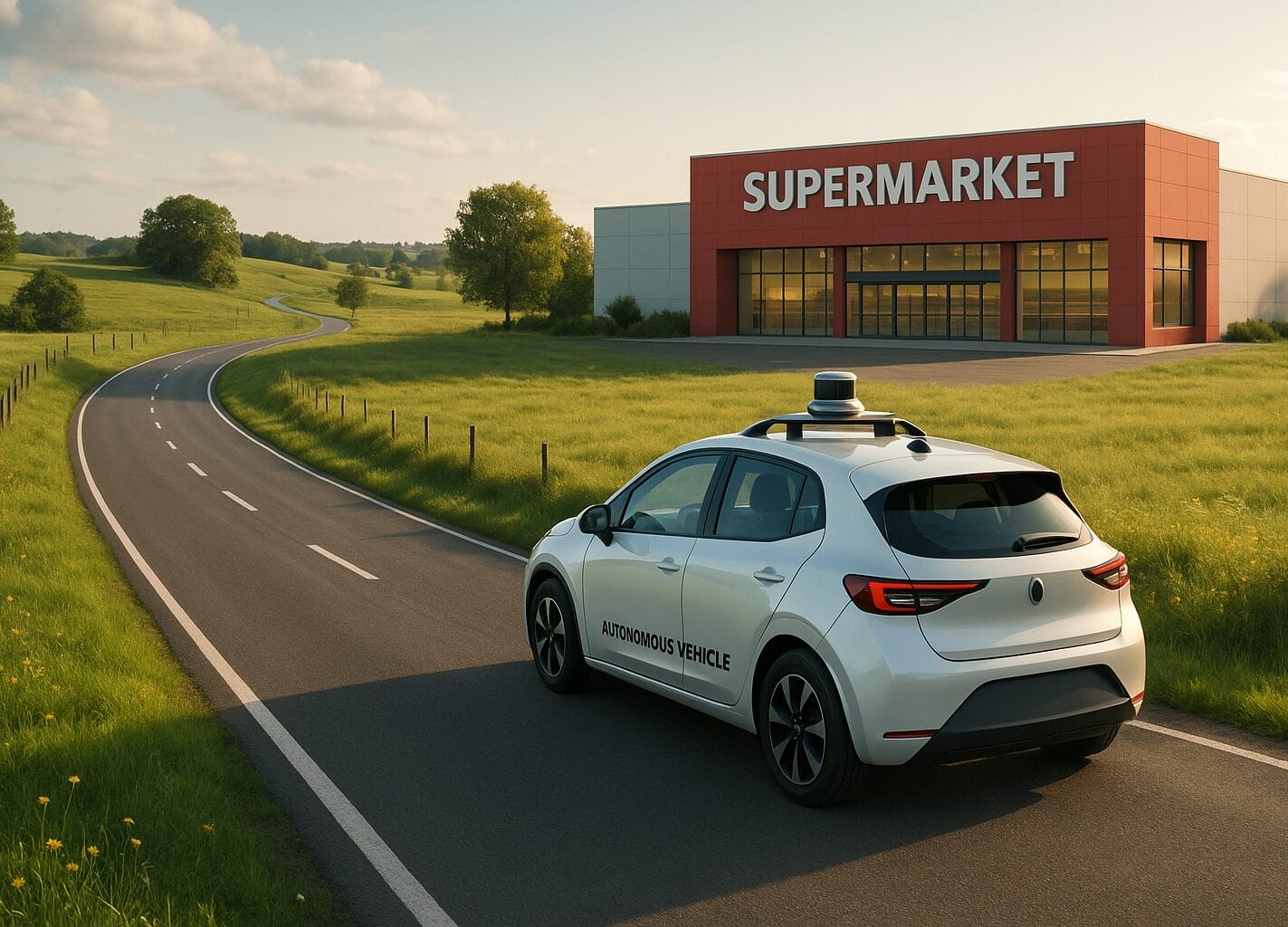And the real reason Wisconsin won’t join the modern world and let cars operate without drivers
With automated, driverless robotaxis carrying paying passengers in at least half a dozen cities, but none of them in Wisconsin because our state law will not permit it, you may wonder why we don’t just change our law.

Why not update the state law that requires a human in the driver’s seat?
“It’s something a number of states have not done,” said transport expert Baruch Feigenbaum, “and the reason is largely labor.”
If you make your living by driving people around, said Feigenbaum, who heads transportation policy at the California-based Reason Foundation, “you are concerned that automated vehicles are going to put you out of a job.”
In other words, it’s a disruptive technology that upends established practices. Think cargo containers making cross-ocean shipping vastly cheaper, or the internet killing off newspapers’ lucrative help-wanted ads.
Change can be hard — and very, very good.
Robotic taxis are the cool-kids sector of autonomous vehicles, but Feigenbaum points out that one of the biggest potential markets is providing mobility to people uncomfortable with driving, such as the elderly, young teens or the disabled. Often, they rely on transit systems that can only go so far due to cost.
“In the transit industry,” said Feigenbaum, “the cost of labor is almost 70 percent of the total cost of the service.” Indeed: In the latest federal figures, 79 percent of the operating cost of Madison’s Metro Transit is labor, for example.
Unions see which direction the wheels are turning. The 200,000-member Amalgamated Transit Union in 2024 blasted the very idea of “microtransit,” a contracted-out, point-to-point small-vehicle alternative to traditional buses with non-union drivers. In the paper, it saw a bigger threat: microtransit without drivers: “Transit agencies might see autonomous vehicles as another cost-cutting shortcut. Unfortunately, this could place thousands of good transit jobs at risk of elimination,” the union wrote. Their alternative: Spend more taxpayer money and hire more drivers, natch.
The union made noises about safety, but the robotaxis cut down on crashes. If anything, the common complaint is that robotaxis drive conservatively enough to back up traffic. The real trade-off is between the union liking things as they are versus being able to use autonomous vans to, perhaps, run after-hours or snake more rides out into suburbia, all without shaking down taxpayers for more, er, “investment.”
“You certainly could increase your service and lower your costs if your able to get rid of the labor equation,” said Feigenbaum.
I talked about Wisconsin’s laws on autonomous vehicles with Madison-based commentator Vicki McKenna recently, and she told of a neighbor in her exurban small town. The elderly man was “complaining about our grocery store because it’s one grocery store and it’s 20 miles from another grocery store and it’s extremely expensive. Same goes for the pharmacy we’ve got in town: extremely expensive. Options are limited.”
They’d be much less limited if Wisconsin’s patchwork of rural on-demand ride services were spared the cost of hard-to-find driving labor — and were able to offer rides to the bigger, cheaper competition 20 miles away.
More such options, in turn, would make for lower food and pharmacy costs for Wisconsinites who could then go on living in small towns. Not to be rough on the nice people who own the one pricey store in town, but captive customers might appreciate a little disruption to monopoly prices.
For that matter, smaller and cheaper on-demand rides would also disrupt some other limits on how we live.
For years, the urban planning profession has harangued Americans that they ought to move closer together, nearer to where transit could relieve them of the need for cars. Progressives deplored suburbs as “auto-centric.” Federal agencies promoted “transit-oriented” density, and sought to stack families into apartments along bus lines even though families vastly prefer houses with yards.
If autonomous vehicles can conquer distance more flexibly than buses, they will disrupt the top-down program of rolling up suburbia. If you happen to think a great part of America is getting to live where and how you want with a backyard all your own, then that’s some awfully sweet disruption.
Patrick McIlheran is the Director of Policy at the Badger Institute.
Any use or reproduction of Badger Institute articles or photographs requires prior written permission. To request permission to post articles on a website or print copies for distribution, contact Badger Institute Marketing Director Matt Erdman at matt@badgerinstitute.org.




